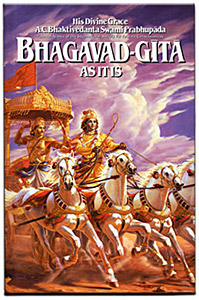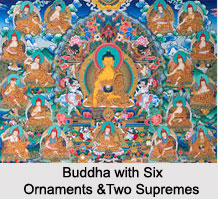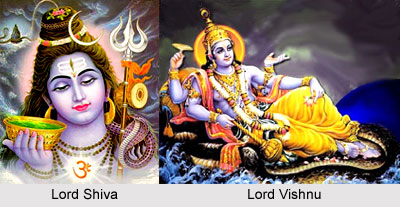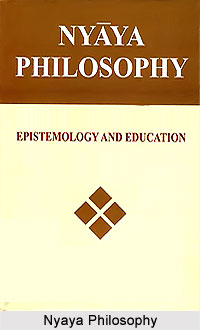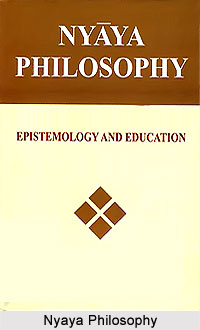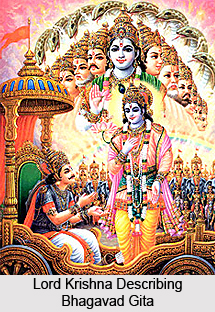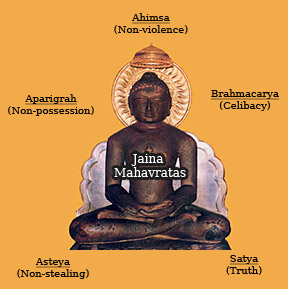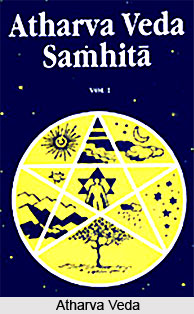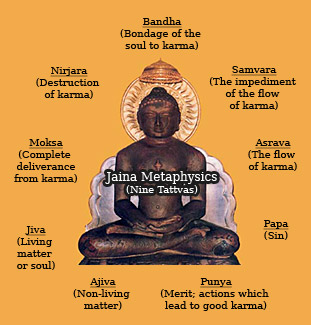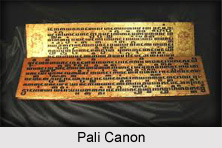 The Pali Canon is the standard collection of scriptures in the Theravada Buddhist tradition, as preserved in the Pali language. The Canon was written down, transcribed from oral tradition, during the Fourth Buddhist Council (in the usual Theravada numbering), 1st century BCE, in Sri Lanka on ola (palm) leaves. Handed down in writing and to other Theravadin countries, this originally predominately North Indian Canon is the most complete surviving early Buddhist canon and one of the first to be written down.
The Pali Canon is the standard collection of scriptures in the Theravada Buddhist tradition, as preserved in the Pali language. The Canon was written down, transcribed from oral tradition, during the Fourth Buddhist Council (in the usual Theravada numbering), 1st century BCE, in Sri Lanka on ola (palm) leaves. Handed down in writing and to other Theravadin countries, this originally predominately North Indian Canon is the most complete surviving early Buddhist canon and one of the first to be written down.
The Canon was not printed until the 19th century, and is now also available in electronic variant.
The Pali Canon falls into three general categories, called pitaka (pitaka, basket) in Pali. Due to this, the canon is traditionally known as the Tipitaka (Tipitaka; three baskets).
The three pitakas are as follows:
Vinaya Pitaka, dealing with rules for monks and nuns
Sutra Pitaka, discourses, mostly ascribed to the Buddha, but some to disciples
Abhidhamma Pitaka, variously described as philosophy, psychology, metaphysics etc.
The Canon is traditionally described by the Theravada as the Word of the Buddha (Buddhavacana), though this is evidently not signified in a literal sense, as it includes teachings by disciples.
The traditional Theravadin (Mahaviharin) rendering of the Pali Canon is established in a series of commentaries covering almost the whole Canon, amassed by Buddhaghosa (4th or 5th century CE) and later monks, primarily on the basis of earlier materials now lost.
Subcommentaries (these are commentaries on the commentaries in Pali Canon) have been penned subsequently, remarking further on the Canon and its commentaries. The traditional Theravadin rendering is summed up in Buddhaghosa`s Visuddhimagga.
According to the official view, the Canon comprises everything needed to show the path to nirvana; the commentaries and subcommentaries sometimes include much speculative matter, but are loyal to its teachings and often furnish very informative illustrations.
Although the Canon has existed in written form for two millennia, its earlier oral nature has not been disregarded in actual Buddhist practice within the tradition - memorisation and recitation continue to be common. Among the frequently recited texts are the Paritta (literally meaning `protection`, this refers to the Buddhist practice of reciting certain verses and scriptures in order to forfend evil chances or dangerous conditions). Even common men generally know at least a few short texts by heart and recite them regularly; this is looked at as a form of meditation, at least if one realises the meaning. Monks are of course expected to know quite a bit more. Recitation of the Canon is always done in Pali, due to it being the ritual language.
The relation of the Pali Canon to Buddhism as it actually exists among ordinary monks and lay people is, as with other major religious traditions, elusive. Evidence hints that only parts of the Canon ever enjoyed wide prevalence, and that non-canonical works were sometimes very much used more widely; the details varied from place to place.
It is traditionally believed by Theravadins that most of the Pali Canon originated from the Buddha and his direct disciples. According to the scriptures, a council was held soon after Buddha`s demise to collect and conserve his teachings. It was recited orally from the 5th century B.C. to the 1st century B.C., when it was penned down. The belief holds that only a few subsequent additions were made.


